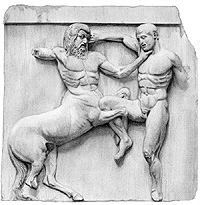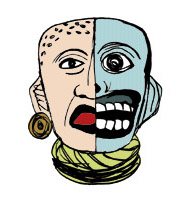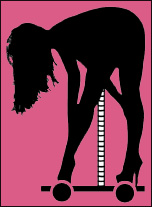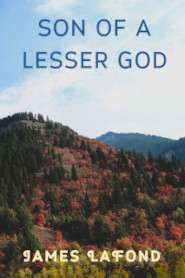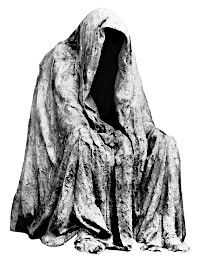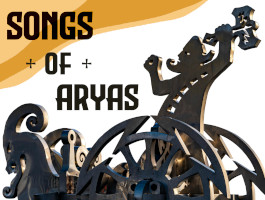Ox-carts might be used to haul commodities such as lumber. The coasts of Hellas were now denuded, and ship timbers would have to be hauled to the sea from the distant mountains.
War-chariots were a memory, like the stagecoach to the modern American. If any existed they were ceremonial relics. The major use for chariots was as the race car of the day. Leading citizens and communities—and a few Spartan noble women—would pay for a chariot and horse team operated by a slave, and receive the credit for his win. The chariot race was the oldest Olympic event with the vehicle featuring heavily in myth. These were small racing carts that could be disassembled and transported. They were originally used like this by the war lords of the dark ages who would reassemble the vehicles after making landfall, making this the counterpart of the American Jeep of WWII.
The horseman or hippei of the Hellenic communities controlled his small mount from a blanket seat without stirrups by using his thighs. They were mainly used for scouting, flanking and pursuit. The weapon kit would include:
-a short doration used in an over-handed stabbing motion with the lancer dipping and rising like a seesaw from the back of his small horse
-a xiphos or some other longer sword good for slashing
Well-to-do horsemen would wear a khlamis and a breast plate along with a broad snappy hat, of either a beret design or something like a rounded Australian bush hat.
The ordinary horseman was unarmored except for possibly his cloak draped over his left arm as he controlled his steed with that hand.
The Asiatic horseman of Babylon and environs was mounted like the Greek hippei, but with a light wicker shield, or yerron, in place of the draped cloak. He was a close range missile trooper, like the Confederate cavalryman of the U.S. Civil War with his pistols. He cast missiles from a case of short javelins or darts. His sidearm would be a scimitar without a hilt.
The horseman to be dreaded was the Skythian, who practiced drawing and firing his bow with the right and left hand [which puts the lie to the Amazon one-breast myth], and was known to shoot over his back as he rode off. The Skythian served as a mercenary archer or horseman, and kept a small scalping knife for taking enemy trophies. He might drink from the cup fashioned from a severed enemy skull, if he had not first caved it in with his long-handled light axe or Emi-pelekkon: a half-axe, or single-edged axe.
Think of the Skythian as a blonde bearded Plains Indian. His bow was a composite bow that Greeks would call a Toxon. If he used a shield it would be a light hide buckler strapped to his forearm.
There was a type of foot soldier called an apobates who would run along beside his master and horseman with a cleaver and pelte, to prevent his master from being unhorsed. He in turn would benefit from the cast darts and javelins of his master, and could be rescued and hauled a short distance off by the horseman he was paired with.


